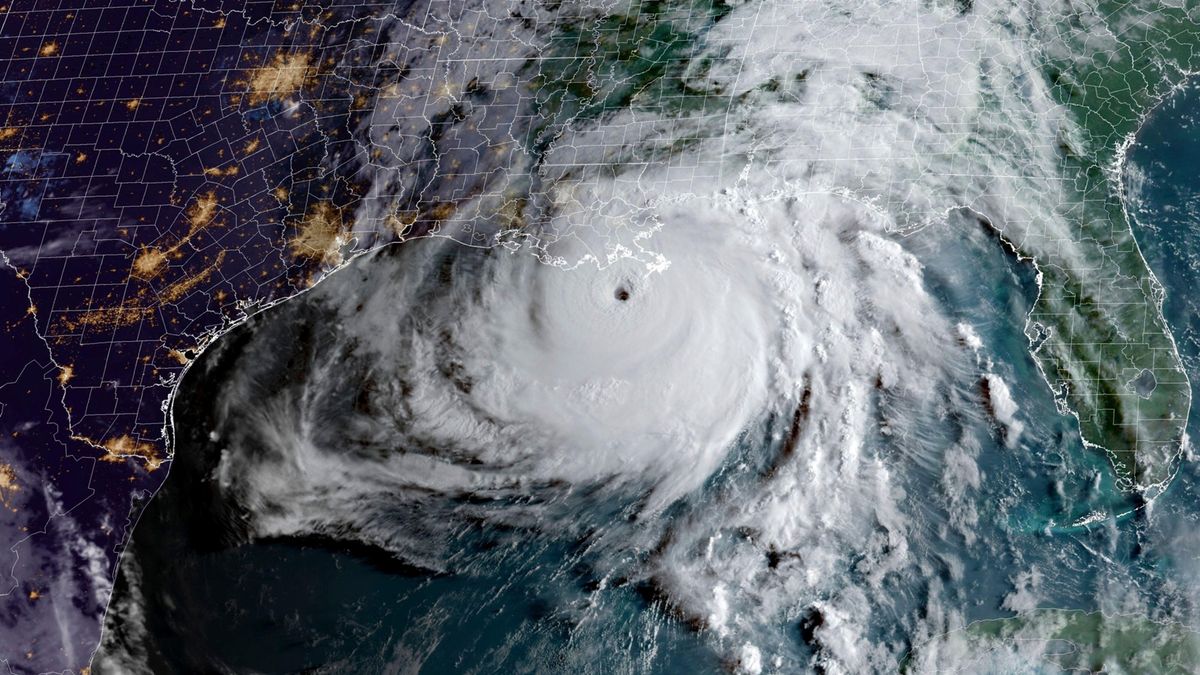A new technology using generative AI can now forecast weather quickly and affordably. It also identifies extreme weather events that are hard to notice, outperforming major global weather agencies.
Google has introduced an AI model said to produce reliable weather predictions on a large scale. It is also less expensive than traditional methods based on physics.
The “Scalable Ensemble Envelope Diffusion Sampler” (SEEDS) model is built in a way that resembles well-known large language models (LLMs) such as ChatGPT, and generative AI systems like Sora that create videos from text.
SEEDS produces various weather scenarios faster and at a lower cost than older forecasting models. The team shared their results in a paper on March 29 in the journal Science Advances.
Weather prediction is challenging because of numerous factors that might cause severe weather events, including hurricanes and heatwaves.
With worsening climate change and increasing extreme weather, precise weather forecasts can help save lives by allowing people to prepare for the severe impacts of natural disasters.
Current weather services use physics-based predictions that gather different measurements and provide an average forecast from many modeled predictions, known as an ensemble.
This method doesn’t produce just one forecast but a set of predictions for each forecasting cycle, showing a variety of possible future scenarios.

This indicates that while most weather forecasts are sufficiently accurate for usual conditions like gentle weather or hot summer days, creating enough forecast models to accurately predict extreme weather events is beyond the capability of most services.
Current forecasting models are either deterministic or probabilistic, introducing random variables into the initial conditions.
However, this approach quickly increases the error rate, making it difficult to accurately predict extreme weather and long-term forecasts.
Small, unexpected errors in the starting conditions can greatly change the forecast outcome as the variables multiply over time. Creating enough models to capture such detailed variables is costly.
Google scientists believe that making 10,000 predictions is necessary to forecast events with only a 1% chance of occurring.
SEEDS creates forecast models using physical data collected by weather agencies. It specifically examines the connections between the potential energy per unit mass in the Earth’s gravity field in the mid-troposphere and sea level pressure, both of which are common forecasting measures.
Traditional methods typically manage to produce only about 10 to 50 predictions. However, by employing AI, the latest version of SEEDS can generate up to 31 prediction ensembles from just one or two initial “seeding forecasts” used as input data.
The researchers tested the system by using historical weather data to model the 2022 European heatwave. They found that just a week before the heatwave, the U.S. operational ensemble prediction data showed no signs of such an event approaching, according to Google’s blog post.
They mentioned that ensemble predictions with fewer than 100 forecasts, more than what is usually produced, would have also failed to predict it.
The scientists reported that the computing costs for SEEDS are “negligible” compared to current methods. Google also noted that the AI system could process 256 ensembles every three minutes on a sample Google Cloud setup, and this capacity can be increased by adding more accelerators.
What we think?
I think Google’s new AI, SEEDS, will change weather forecasting. It’s cheaper and faster than old methods. SEEDS uses AI to predict tough weather like hurricanes better by making many forecasts quickly.
This could help people prepare for bad weather earlier. It seems very promising for improving safety and could be a big step forward in dealing with climate change and extreme weather.













































